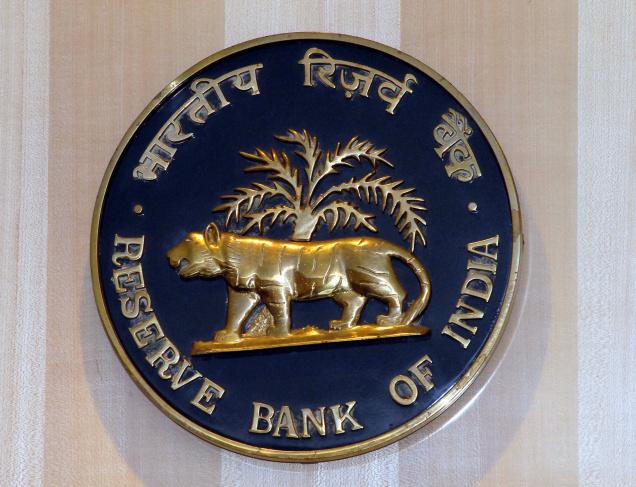 19th March, 2013 : “The RBI has obliged on the Government’s call to the Central Banker to support its growth agenda by cutting Repo rate by 25 basis points. An improvement in trade deficit, drop in core inflation, achievement of 5.2% fiscal deficit and slowing growth prompted RBI to act. These front ended cuts in 2013 (50 bps in Repo and 25bps in CRR) are a welcome step and will help bring down interest rates in the medium term. Having said that, immediate monetary transmission on account of the Repo cut is difficult due to liquidity tightness in the system. One must bear in mind that deficit in the LAF window is significantly above Rs1trn. Ironically, deposit rates were increased in the last few months despite a Repo cut in January. Private banks did not pass on the benefit of policy rate and CRR cut while SBI reduced its base rate by mere 5 basis points. RBI will attempt to manage liquidity conditions through OMOs in the months ahead.
19th March, 2013 : “The RBI has obliged on the Government’s call to the Central Banker to support its growth agenda by cutting Repo rate by 25 basis points. An improvement in trade deficit, drop in core inflation, achievement of 5.2% fiscal deficit and slowing growth prompted RBI to act. These front ended cuts in 2013 (50 bps in Repo and 25bps in CRR) are a welcome step and will help bring down interest rates in the medium term. Having said that, immediate monetary transmission on account of the Repo cut is difficult due to liquidity tightness in the system. One must bear in mind that deficit in the LAF window is significantly above Rs1trn. Ironically, deposit rates were increased in the last few months despite a Repo cut in January. Private banks did not pass on the benefit of policy rate and CRR cut while SBI reduced its base rate by mere 5 basis points. RBI will attempt to manage liquidity conditions through OMOs in the months ahead.
In its policy guidance, the RBI mentioned that headroom for further monetary easing remains limited. The key factors constraining policy easing being market adjustment of administered prices, stubborn food inflation and structurally high Current Account Deficit which may take time to correct posing challenges of financing it with stable flows.
Notwithstanding the notable decline in core inflation, RBI remains worried about the increasing wedge between the wholesale and consumer price inflation. The key culprit, food inflation, is likely to remain elevated and faces upside risks from populist increase in MSPs. The central bank expects headline inflation to be around current levels during FY14 due to sectoral demand-supply imbalances and ongoing upward revision in administered prices.
On the growth side, the central bank is perturbed by the sharp deceleration in services sector growth which has been the mainstay of overall growth. RBI reiterated its view that though lower rates are necessary, it may not be sufficient to revive growth in the absence of resolution of supply bottlenecks and improving governance around project implementation. This puts the responsibility of growth revival categorically on the Government.
In our view, the Central Bank is likely to cut the Repo rate by further 25 basis points only in the remainder of 2013. Key risks to our view would be material moderation in food inflation in second half of the year and constructive steps by the government to reinvigorate private investments and reduce the Current Account Deficit. We expect RBI to keep rate unchanged in the annual monetary policy review on May 3.”
